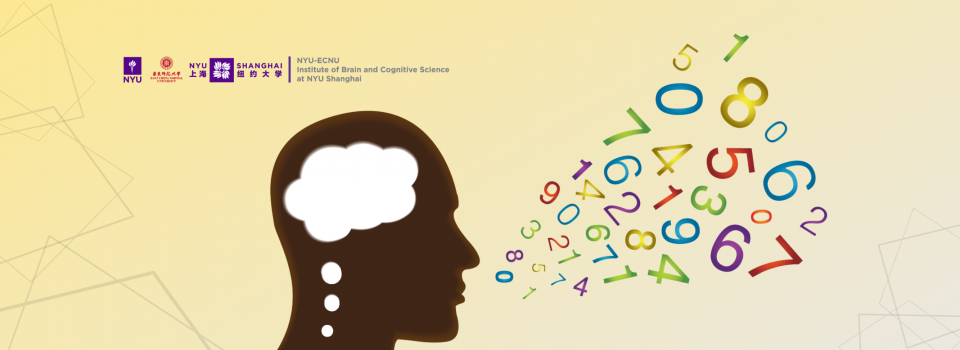Sep 07 2020
Published by
NYU Shanghai

Human language provides a valuable window into understanding our cognition. For example, in a simple comparative sentence like Mary is taller than Bob is, we are able to infer Mary’s height by knowing how tall Bob is.
Intriguingly, if we add a piece of numerical information into the sentence, making it Mary is taller than exactly two boys are, we turn it into something more complex and indecipherable. Intuitively, we find ourselves unable to address how tall exactly two boys are. What does this intuition tell us about the mechanism of human language processing?
NYU Shanghai linguist Linmin Zhang unraveled this puzzle and unveils the mechanism underling how numerical information is processed in human language, specifically, in comparative sentences containing non-monotonic quantifiers (e.g., exactly two) within than-clauses. The result was published in Syntax & Semantics, one of the most prestigious journals in linguistics.
“We used to think we comprehend a sentence in a bottom-up way, that is, from getting the meaning of local expressions to form a global picture of the sentence meaning. For example, in deriving the sentence meaning of Mary is taller than Bob is, we start with deriving the meaning of the expression than Bob is.” said Zhang. “However, this system alone is not sufficient to process the other example Mary is taller than exactly two boys are as we cannot derive the meaning of the than-part here.”
Combining two formal logic systems, dynamic semantics and degree semantics, Zhang argues that the bottom-up composition often needs to be supplemented by a delayed, top-down evaluation mechanism. In the above example, the local meaning of than exactly two boys are is not fully processed during the bottom-up composition stage, and the evaluation of exactly two is delayed after a global picture of the sentence-level meaning is formed.
“Formal logic tools are powerful in characterizing humans’ linguistic behaviors, through which we could further explore the software of our brain.” said Zhang.
Zhang joined NYU Shanghai and the NYU-ECNU Institute of Brain and Cognitive Science at NYU Shanghai as a postdoc in 2018. She is a Shanghai Eastern Young Scholar and a rising star in natural language semantics. Her original research appears in journals such as Linguistics & Philosophy and NeuroImage. This project is part of her ongoing research on how numbers, measurement, and comparison are encoded in human language to process abstract information.


